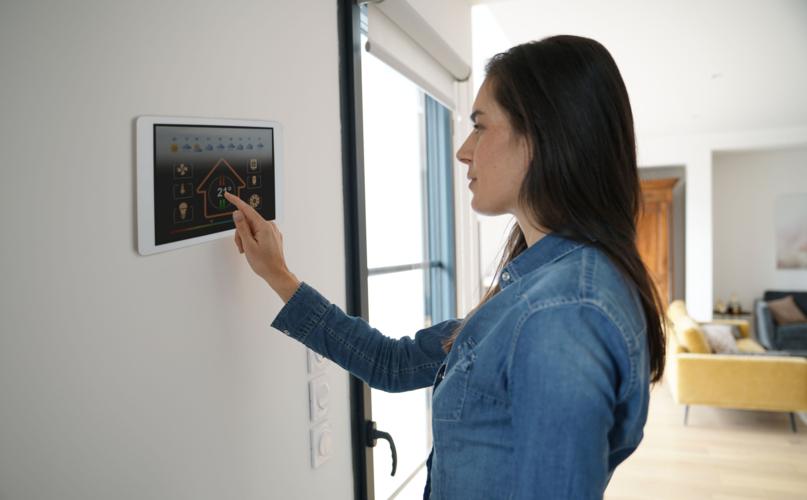Power over Ethernet (PoE) is a technology that revolutionizes the way we deploy and manage network devices by delivering electrical power and data over a single Ethernet cable. This innovative solution eliminates the need for separate power cables, simplifying network infrastructure and reducing installation costs. In this article, we'll delve into the concept of PoE and its advantages in various applications.
What is Power over Ethernet?
Power over Ethernet of electrical power alongside data signals over standard Ethernet cables. It adheres to IEEE standards such as 802.3af, 802.3at, and 802.3bt, defining different power levels and capabilities. With PoE, devices like IP cameras, VoIP phones, wireless access points, and IoT devices can receive power and data from a PoE-enabled switch or injector, eliminating the need for AC power outlets near each device.
Advantages of Power over Ethernet:
Simplified Installation: PoE eliminates the need for separate power outlets, reducing installation time and costs. It allows for flexible placement of devices without being constrained by power socket locations.
Cost Efficiency: By combining power and data transmission over a single cable, PoE reduces the overall cabling and infrastructure costs. It also lowers energy consumption by centrally managing power distribution.
Flexibility and Scalability: PoE infrastructure offers flexibility to easily add, move, or change devices without the hassle of rewiring. It simplifies network management and allows for seamless scalability as network demands grow.
Reliability: PoE systems are designed with built-in safeguards to protect against power surges, overloads, and short circuits. This ensures reliable power delivery to connected devices, enhancing system uptime and performance.
Remote Management: PoE-enabled devices can be remotely monitored and controlled, providing administrators with centralized management capabilities. This facilitates troubleshooting, firmware updates, and power cycling without physical access to the devices.
Applications of Power over Ethernet:
Security Systems: PoE is widely used to power IP cameras, access control systems, and intercoms in surveillance and security applications, offering a cost-effective and streamlined solution.
Voice and Data Networks: PoE-enabled VoIP phones and network switches simplify voice and data deployments in offices, campuses, and enterprises, optimizing communication infrastructure.
Wireless Networks: Wireless access points (WAPs) powered by PoE offer greater flexibility in deployment, allowing for easy expansion and coverage optimization in Wi-Fi networks.
IoT and Smart Building Solutions: PoE supports the growing ecosystem of IoT devices, including sensors, lighting controls, and building automation systems, enabling efficient power delivery and connectivity.
Digital Signage and PoE Lighting: PoE is utilized in digital signage displays and PoE lighting systems, providing a single infrastructure for both power and data transmission, enhancing energy efficiency and management.
In conclusion, Power over Ethernet (PoE) is a transformative technology that simplifies network infrastructure, reduces costs, and enhances efficiency across various applications. As the demand for connected devices continues to rise, PoE offers a scalable and reliable solution to meet evolving network requirements.
For more info. visit us:


